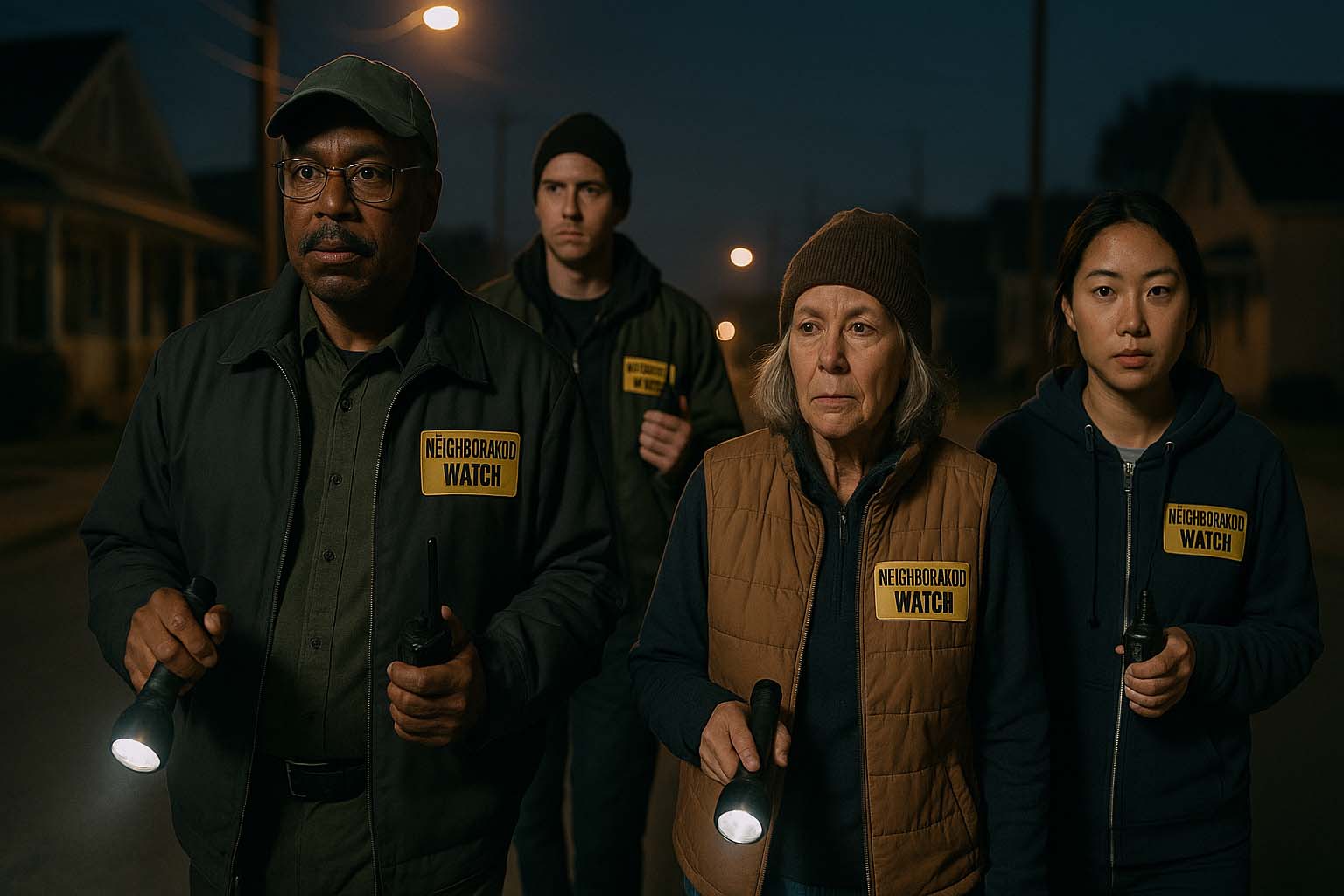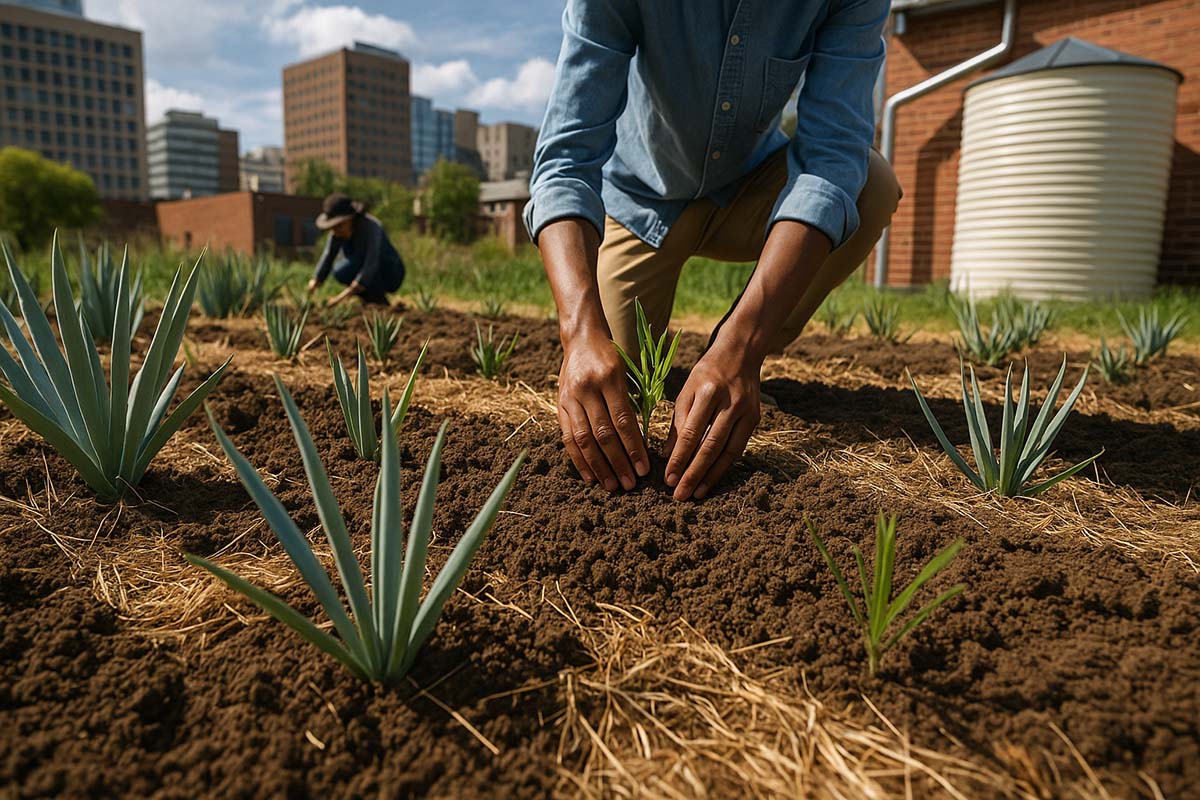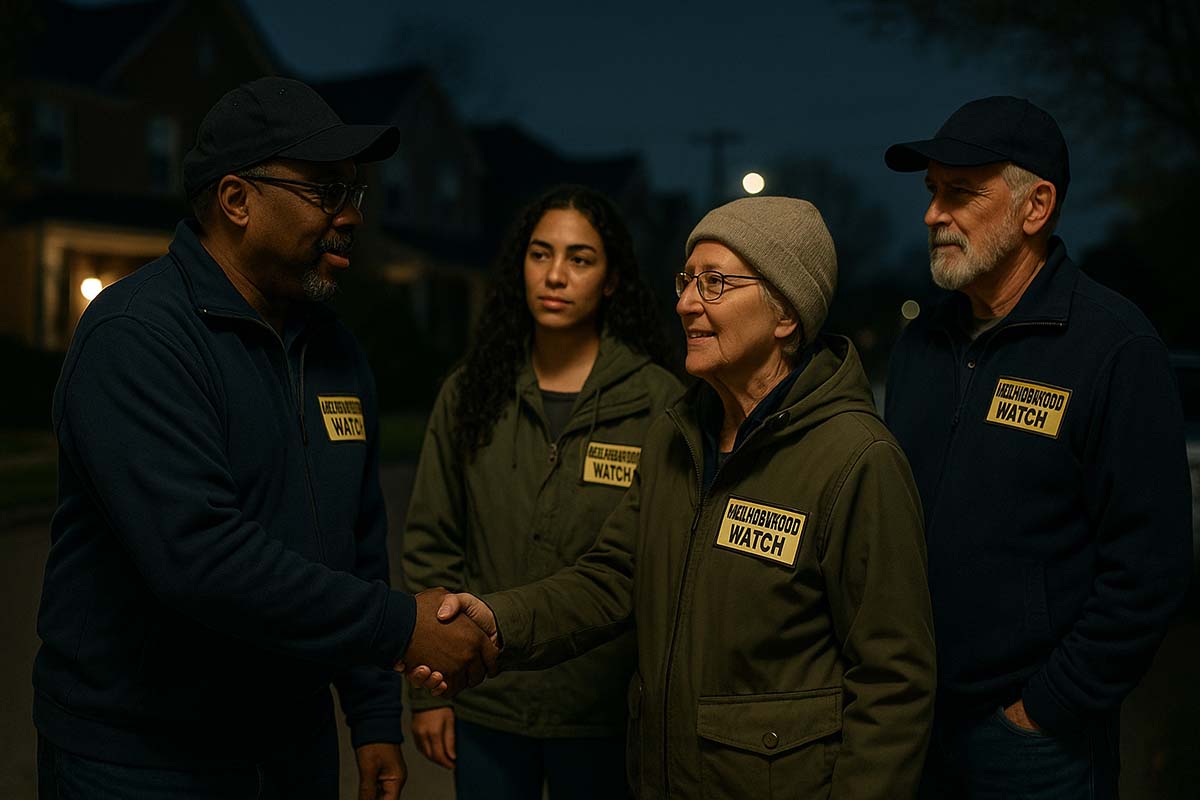Public Safety Concerns in Small Communities
Safety is a fundamental part of a stable life. In small towns, it’s easy to assume everyone is secure because “everyone knows each other.” But global data shows that these areas whether mountain villages in the Alps or prairie towns in Canada face their own set of challenges. These include delayed emergency response, limited crime and disaster prevention infrastructure, and lack of access to modern safety systems. If you manage a community page, create content for rural audiences, or run a business in such places, it’s vital to understand how these issues affect your audience.
Immediate Safety Gaps
When emergency services take longer to arrive, the risk to both lives and property rises.
With fewer resources for street lights, surveillance, and firefighting equipment, small towns experience more accidents and unresolved crimes.
While close-knit relationships among neighbors can build trust, they may also discourage people from reporting problems involving someone they know.
Newer approaches like sensor systems and community-led safety programs can work, but only if tailored to the local culture and capacity.
The Role of Scale in Safety
It’s not easy for a town of 5,000 people to maintain a full-service fire station or municipal hospital. A 2024 report by the Organisation for Economic Co-operation and Development revealed that up to 35% of fire-related casualties in rural Europe occurred before the first emergency vehicle arrived. Similar trends were found by the CDC in parts of the U.S. Midwest.
Solutions are being tested, such as:
- Improving volunteer fire brigades
- Deploying ambulances with telehealth capabilities
- Community-wide first aid training
In the Pacific islands, where boats are often the only way to reach a clinic, communities now rely on portable trauma kits and drone-delivered medication. These aren’t just creative, they fit the needs and limits of each location.
Limited Security Force and Community Psychology
Some towns in Scandinavia have no assigned police officers during nighttime. Officers stay in nearby regional hubs, leaving gaps that can be exploited, especially during harvest seasons when temporary workers arrive. Serious crimes remain rare, thanks to strong communal ties.
In Australia, a 2023 report from the Australian Institute of Criminology found that 42% of rural residents didn’t report property damage when they knew the person involved.
Why should this matter to social media page owners and content creators targeting these areas?
- Residents may hesitate to post incidents online, fearing they might offend someone they know.
- Misinformation spreads faster when official updates are lacking.
- For businesses, the question arises: Should we do background checks if most applicants are related?
To address these concerns, content should be crafted with sensitivity. Encourage early reporting without casting the community in a bad light.
Common Threats and Practical Responses
Infrastructure Weaknesses
Urban centers may have high-rise buildings, but many small towns still rely on wooden homes and old wiring. This increases fire risk, especially during colder months. A test by the National Fire Protection Association in the U.S. showed that smoke detectors alone reduced fire fatalities by 25% in rural trial zones.
Emergency Response Delays
In a Dutch village, the average ambulance arrival time is 16 minutes more than double the 7 minutes recorded in Amsterdam. To cut this delay, local officials developed a network of trained volunteers using a mobile app that alerts them when a cardiac arrest happens nearby. In just two years, cardiac death rates outside hospitals dropped by 18%.
Quick List of Major Safety Challenges
- Slow emergency response times
- Outdated infrastructure prone to fire or flood
- Insufficient lighting and surveillance due to cost
- Residents hesitant to file reports involving neighbors
Community Action Makes a Difference
In fishing towns across Iceland, residents joined a neighborhood patrol group. Each night, they take turns walking the docks, checking for oil spills, and keeping watch for unfamiliar boats. In just one year, fuel theft dropped by 72%.
The Kenyan Red Cross initiated a similar idea in Turkana County, where local youth were trained to patrol during fire-prone months. They not only watched for wildfires but also recorded wind speed and temperature vital data now used by the local weather office.
Technology and Data-Driven Solutions
Plans without measurement often fall short. The European Union’s “Smart Rural” program uses satellite images to track water pressure in fire zones. This helps determine where fire hydrants are needed. The maps are posted online, allowing residents to see which streets lack proper coverage. In pilot towns, this reduced property damage losses from €58,000 to €39,000 per incident.
Preparing for Natural Disasters
Although storms are rare in Central Europe, melting snow leads to flash floods. In Switzerland, a well-organized alert system involves even local bakers. When mountain temperatures suddenly rise after a deep freeze, everyone from shopkeepers to farmers receives a warning. Thanks to rapid alerts via radio and social media, 30 lives were saved during one spring season.
Combining Modern Tools with Human Connection
Affordable safety tech is more available than ever. Motion-activated lamps, smart doorbells, and text-enabled smoke alarms are becoming common. But 2024 data from the International Telecommunication Union showed that 46% of rural households in sub-Saharan Africa still lack reliable internet.
This is why hybrid methods work best. A mix of human patrol and basic sensors offers protection even when online systems fail.
Youth Participation in Safety
When people talk about safety, most think of police or fire officers. The role of young people often gets overlooked. In Germany, the “Jugendfeuerwehr” program teaches kids aged 10–18 about fire safety and first aid. As they grow older, many join volunteer units. Their retention rate is 62%, outperforming other recruitment models.
Building Bridges Between Public and Private Sectors
In Argentina, agricultural companies partner with local governments to fund road-side surveillance. In exchange, they share anonymous traffic data for urban planning. This has shown success: in Mendoza Province, adding street lights to farm roads cut vehicle crashes by 31%.
The Role of Culture and Trust in Reporting
Solutions aren’t always about technology. Reporting habits are shaped by culture. In some countries, family disputes are kept private and dismissed as gossip. New Zealand’s Ministry of Justice launched a confidential text hotline handled by a mix of bots and live responders. Reports of domestic abuse in small towns rose from 1.8 to 3.7 per thousand, revealing problems that had been hidden for years.
Accountability on Online Platforms
If you run a local forum or Facebook page for a rural area, moderation is a big responsibility. False news about theft or illness can create panic. Stick to the rule: verify before posting. Ask local police or community leaders to confirm any reports before sharing them publicly. This not only builds trust but also protects your page from possible legal issues.
Tracking What Works
Reducing crime isn’t the only way to measure success. Also look at:
- How fast emergency services arrive
- Percentage of homes with working smoke detectors
- Number of young people completing safety training
- Survey results on how safe residents feel
When communities feel safer, local economies improve. Shops stay open longer, and more tourists come to visit.
Aligning With Global Best Practices
There’s no need to start from scratch. Groups like the UN Office for Disaster Risk Reduction and UN-Habitat offer tools and templates from emergency checklists to simulation exercises. Partnering with these organizations increases a town’s chances of receiving technical and financial support, helping them meet international safety standards such as the Sendai Framework for Disaster Risk Reduction 2015–2030.
Even small communities face serious risks when preparedness falls short. With the right data, locally adapted tools, and early collaboration, it’s possible to reduce harm and strengthen resilience. In the end, every home becomes safer when each member takes responsibility whether as a watchful neighbor, a proactive reporter, or a steady contributor to collective safety.



